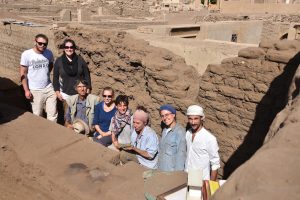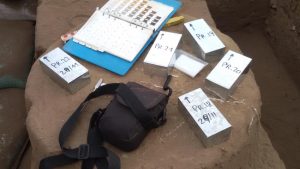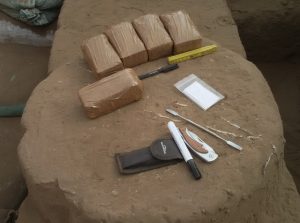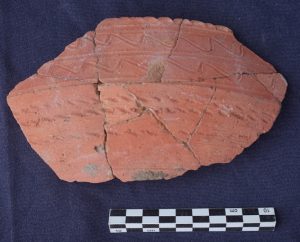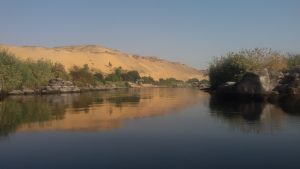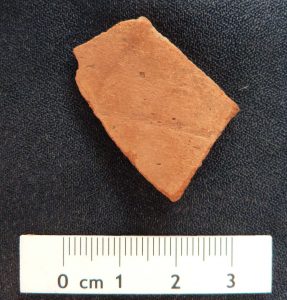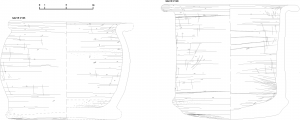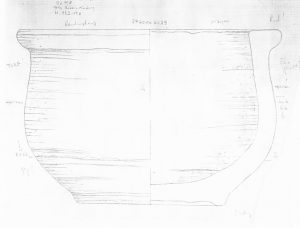A paper dealing with Egyptian cooking pots from contexts of the early to mid-18th Dynasty within the New Kingdom fortified town of Sai has just appeared in the new volume of Bulletin de liaison de la céramique égyptienne (Budka 2016).
As highlighted earlier on this blog, cooking pots are of particular interest for AcrossBorders and our research about cultural identities and Nubian vs. Egyptian lifestyle.
In all sectors recently excavated in the New Kingdom town, authentic Egyptian wheel-made cooking pots imported from Egypt as well as and locally made examples thrown on the wheel appear side by side with Nubian-style products (hand-made pots with basketry impression or incised decoration). The authentic Egyptian cooking pots from Sai Island are manufactured either in a sandy version of a Nile clay B2 or a variant of a Nile clay E of the Vienna System – both probably of Upper Egyptian origin.
In the BCE paper, I tried to argue that Egyptian cooking pots of the 18th Dynasty are not only a highly interesting class morphologically, but also one of the key vessel groups to illustrate the sometimes quite close relationship between the Egyptian wheel-thrown tradition and the Nubian hand-made ceramic production.
Reference
Budka 2016 = Julia Budka, Egyptian cooking pots from the Pharaonic town of Sai Island, Nubia, Bulletin de liaison de la céramique égyptienne 26, 2016, 285‒295.

